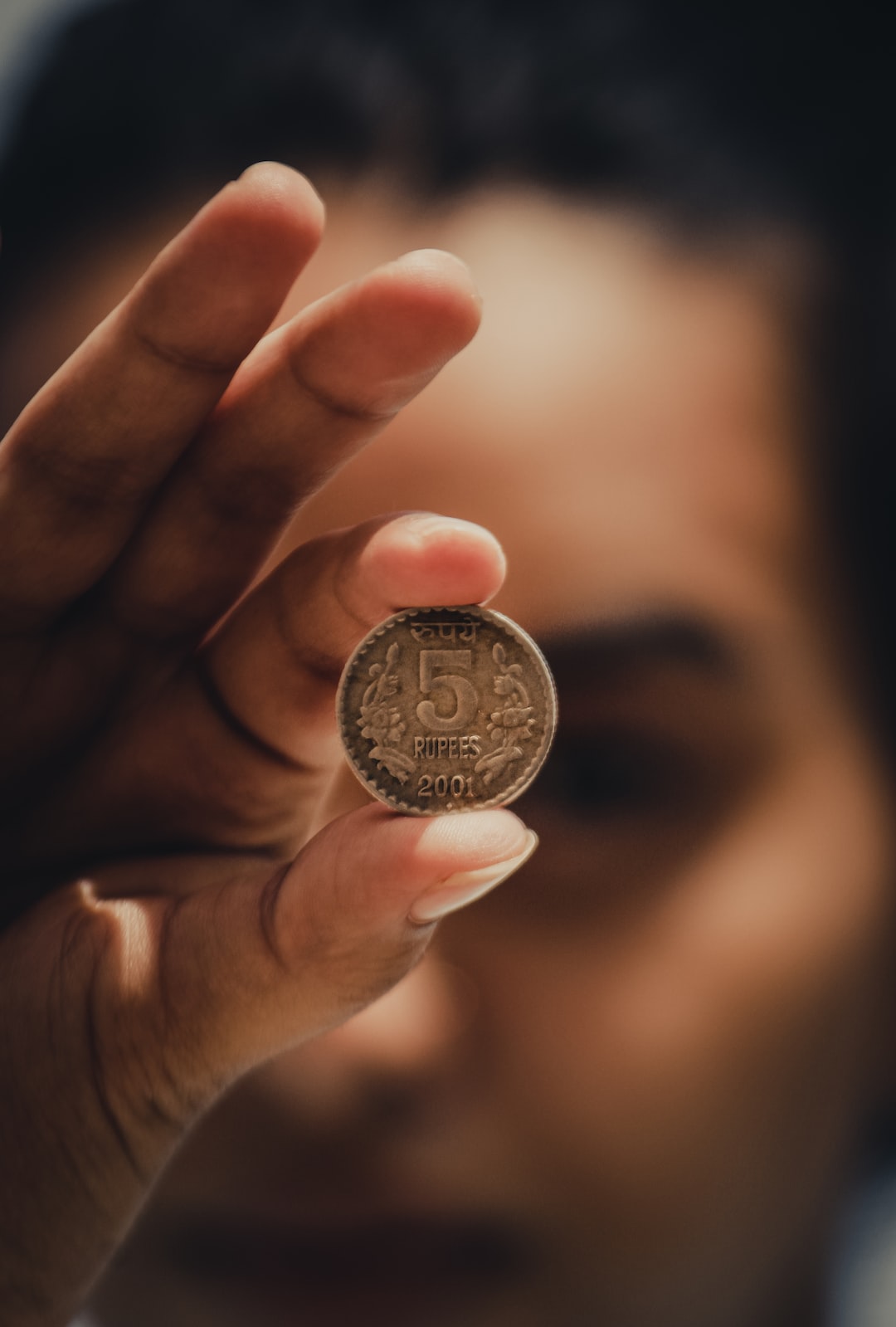Forex, also known as foreign exchange, is a decentralized market where the currencies of different countries are traded. The forex market is the largest and most liquid market in the world, with an average daily turnover of over $5 trillion. The market is open 24 hours a day, five days a week, and is accessible to traders all over the world.
One of the fundamental concepts of forex trading is the difference between buying and selling. In forex, buying and selling refer to the purchase and sale of currencies. However, the mechanics and implications of buying and selling in forex are different from those in other markets. In this article, we will explore why buying and selling differs at forex.
In forex, the exchange rate between two currencies is determined by supply and demand. When there is more demand for a currency, its value increases, and when there is more supply, its value decreases. Therefore, when traders buy a currency, they are essentially betting that its value will increase in the future, and when they sell a currency, they are betting that its value will decrease.
The first reason why buying and selling differs at forex is the use of leverage. Leverage is a tool that allows traders to control a large position with a small amount of capital. In forex, leverage can be as high as 500:1, meaning that a trader can control a position worth $500,000 with just $1,000 of capital. The use of leverage magnifies both profits and losses, making forex trading a high-risk, high-reward activity.
When traders buy a currency, they can do so with leverage, which means they can control a larger position with the same amount of capital. This can lead to higher profits if the currency appreciates, but also higher losses if the currency depreciates. On the other hand, when traders sell a currency, they are essentially borrowing that currency to sell it, with the expectation that they can buy it back at a lower price in the future. This means that they are effectively shorting the currency, and they can also do so with leverage. However, short selling is inherently riskier than buying, as the potential losses are unlimited if the currency appreciates.
The second reason why buying and selling differs at forex is the bid-ask spread. The bid-ask spread is the difference between the price at which a currency can be bought and the price at which it can be sold. In forex, the bid-ask spread is typically very small, as the market is highly liquid and there are many buyers and sellers. However, the bid-ask spread can still have a significant impact on the profitability of a trade.
When traders buy a currency, they do so at the ask price, which is the higher of the two prices in the bid-ask spread. When they sell a currency, they do so at the bid price, which is the lower of the two prices. Therefore, traders will always buy at a higher price than they sell, which means they need the currency to appreciate by at least the size of the bid-ask spread to break even.
The third reason why buying and selling differs at forex is the role of interest rates. Interest rates can have a significant impact on the value of a currency, as they affect the demand for that currency. In general, currencies with higher interest rates are more attractive to investors, as they offer a higher return on investment. Therefore, when a country raises its interest rates, its currency will usually appreciate, and when it lowers its interest rates, its currency will usually depreciate.
When traders buy a currency, they are essentially betting that the interest rates in that country will remain stable or increase, which will lead to an appreciation of the currency. When they sell a currency, they are betting that the interest rates will decrease, which will lead to a depreciation of the currency.
In conclusion, buying and selling differs at forex due to the use of leverage, the bid-ask spread, and the role of interest rates. These factors make forex trading a complex and challenging activity, which requires a deep understanding of the market and its dynamics. Traders who are able to navigate these challenges can potentially earn significant profits, but they must also be prepared to manage their risks and losses.





